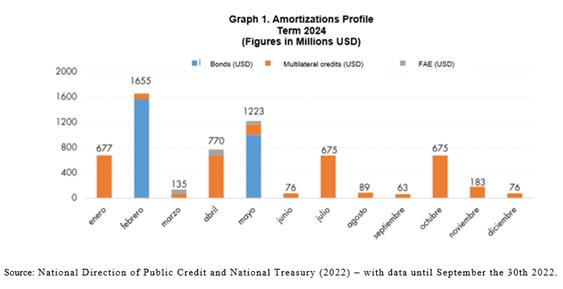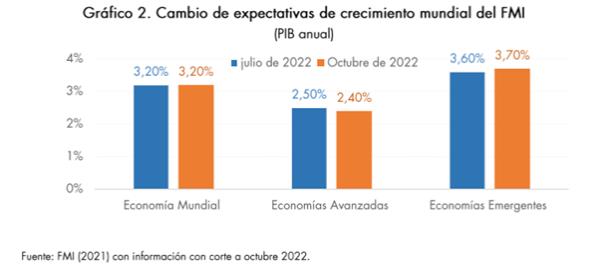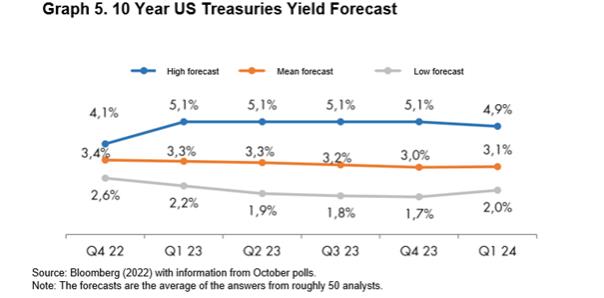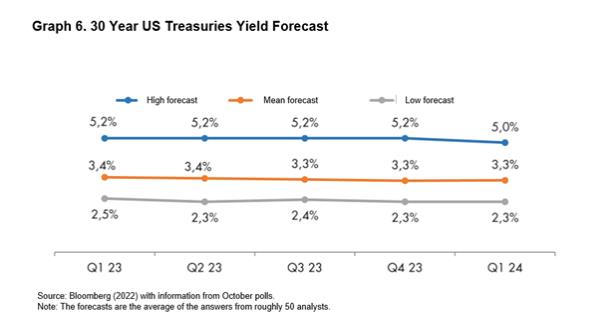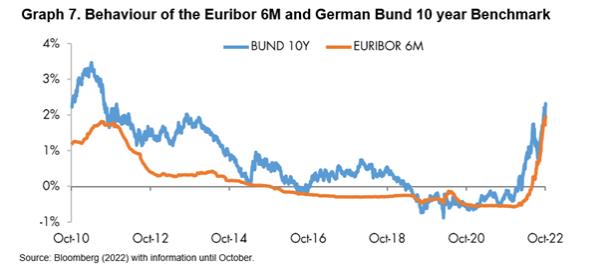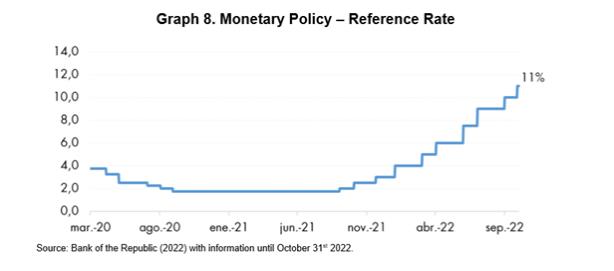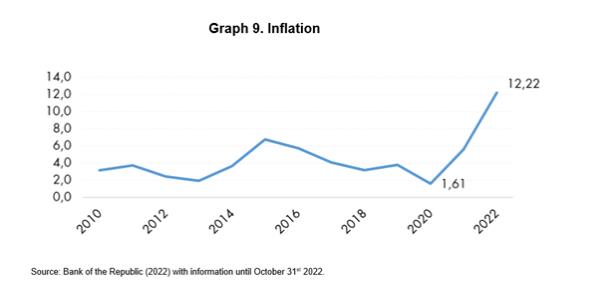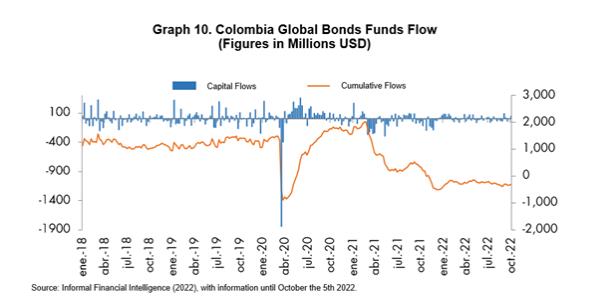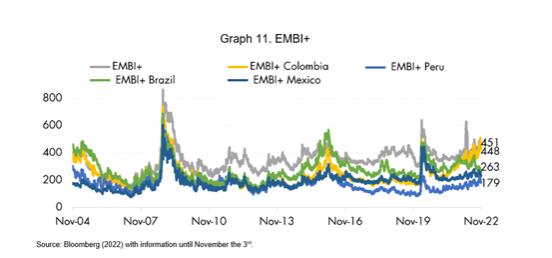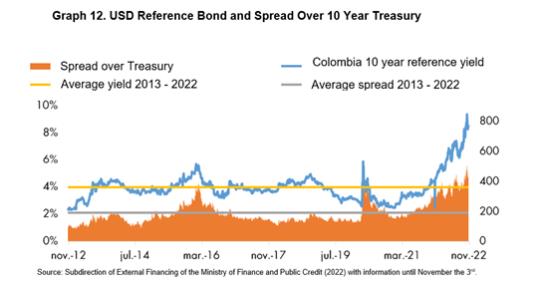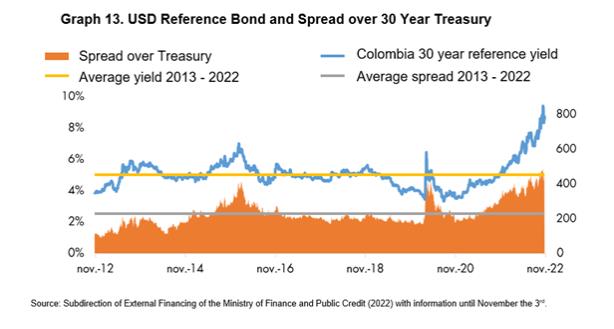|
|
|
|
|
| Resolution 0192 |
|
January 24, 2023 |
|
Page 2 of 4 |
(Cont.) The Resolution whereby the Nation is authorized to subscribe and place public external
debt securities in the international capital markets, up to the amount of TWO THOUSAND MILLION OF DOLLARS (U.S. $2,000,000,000) of the United States of America or its equivalent in other currencies and to execute an external public debt liability
management operation for an amount of ONE THOUSAND MILLION OF DOLLARS (USD 1,000,000,000) of the United States of America or its equivalent in other currencies; and other provisions are decreed.
Article 2.2.1.3.2, Decree 1068 of 2015 sets forth that “The issuance and placement of external public
debt, including thematic securities, on behalf of the Nation within the framework of the authorizations conferred to the National Government to celebrate transactions of public credit and assimilated will require authorization, given by a resolution
of the Ministry of Finance and Public Credit, which could be granted once the following requirements are meet: 1. Favorable concept of the National Council of Social and Economic Policy—CONPES; and 2. Single Concept from the Interparliamentary
Commission of Public Credit, in the case of external debt securities with a maturity term longer than one (1) year”;
Article 24, Law 185 of
1995 establishes that, for any effect set forth in subsection 5 of paragraph 2 of article 41, Law 80 of 1993, the Interparliamentary Commission of Public Credit will issue a definitive concept that will make possible to begin with the necessary
arrangements for the transactions of public credit and a definitive concept that will make possible the executions of them in any particular case. The transactions related to the issuance, subscription and placement of bonds and securities are
exempted of the aforementioned, in this case the Interparliamentary Commission of Public Credit will issue, once, its opinion.
Pursuant document CONPES
4108 of November 22, 2022, the National Council of Social and Economy Policy -CONPES- issued a favorable opinion “for the Nation to contract transactions related to external public credit for refinancing and/or financing budget
appropriations for the terms 2023 and 2024, up to U.S. $ 5,500 million, or its equivalent in other currencies;
Pursuant the certification issued on
December 14, 2022 by the Technical Secretary of the Interparliamentary Commission “in the session held on December 14, 2022 the Interparliamentary Commission of Public Credit issue unanimously a single favorable opinion to the
Nation—Ministry of Finance and Public Credit, to execute transactions related with External Public Credit for up to two thousand millions of dollars of the United States of America (U.S. $2,000,000,000) or its equivalent in other currencies, to
finance budget appropriations for the terms 2023 and 2024”;
Based on the Memorandum numbered 3-2023-000819
of January 23, 2023, the Director General of Public Credit and National Treasury certifies that “in virtue of the favorable concept referred hereto (…), the Nation has not executed any issuance of external bonds in the international
capital markets, therefore has a an authorized and not used quota of TWO THOUSAND MILLION DOLLARS (U.S. $2,000,000,000) of the United States of America or its equivalent in other currencies;

